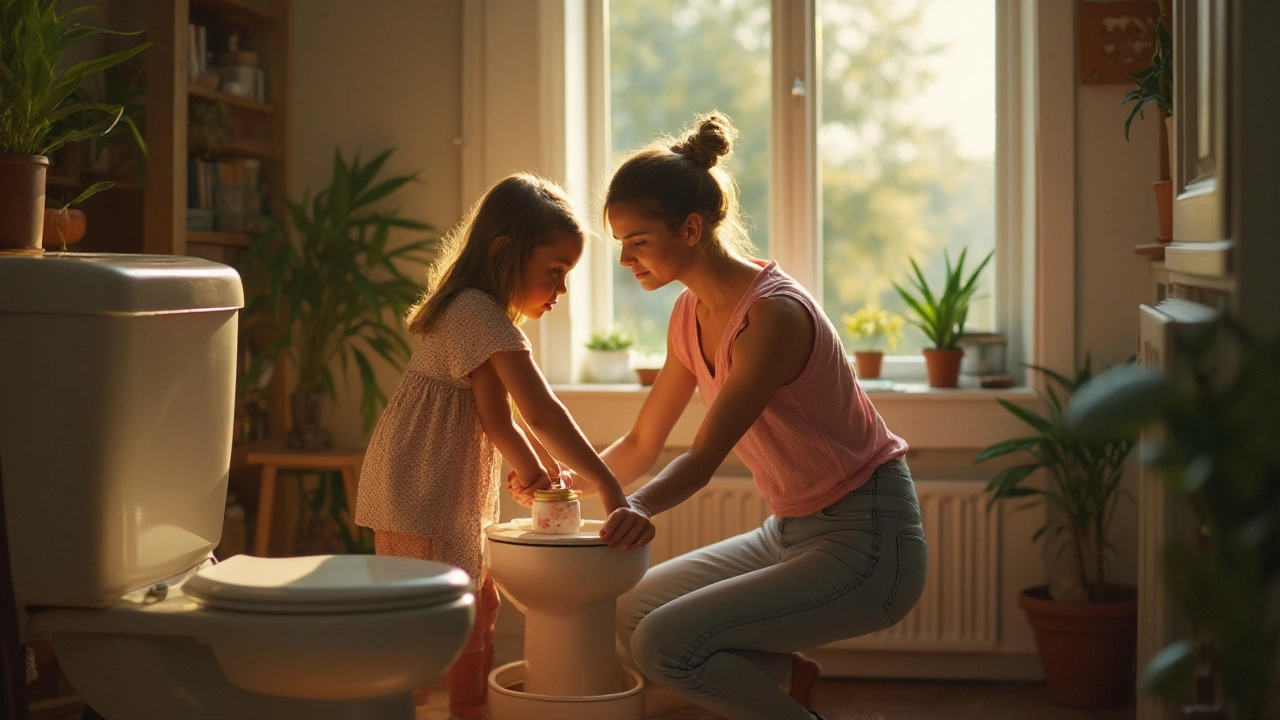Hygiene Tips & Tricks for a Cleaner Home
Keeping a house healthy feels like a full‑time job, but you don’t need fancy gadgets or endless products. Most everyday messes have a simple fix you can do with items from the kitchen or a quick spray from a pro‑grade cleaner. Below you’ll find quick, actionable advice that tackles the most common hygiene problems – from stubborn urine smells to greasy oven doors – and even shows how a tidy space can lift your mood.
Kill Odours at the Source
If a mattress smells like pee, surface cleaners won’t do the trick. The real cure is an enzymatic cleaner that breaks down the proteins in urine. Mix one part enzyme solution with two parts warm water, apply generously, and let it sit for 15 minutes before blotting dry. For a budget option, combine hydrogen peroxide (3%), a few drops of liquid dish soap, and a splash of baking soda. Spray lightly, wait ten minutes, then wipe. Repeat if the scent lingers – it’s better to treat the odor than mask it with fragrance.
DIY Kitchen Hygiene Hacks
Oven door glass often ends up with baked‑on grease or brown stains that look impossible to remove. Skip harsh chemicals and start with a paste of baking soda and water. Spread it over the glass, let it sit for 20 minutes, then scrub with a non‑abrasive sponge. For extra power, spray white vinegar over the paste; the fizz helps lift the grime. Rinse with a damp cloth and you’ll see a clear, streak‑free surface.
Want to know whether baking soda and vinegar really cut grease? The combination creates a mild acid‑base reaction that loosens particles but doesn’t dissolve grease on its own. Pair the fizz with hot water and a little dish soap for the best results.
Beyond the kitchen, a quick mental health boost comes from spring cleaning. Decluttering a single room for just 15 minutes can lower stress hormones and give you a sense of control. Start with surfaces you use daily – a kitchen counter or bathroom sink – and toss anything that’s broken, expired, or hasn't been used in six months. The visual payoff fuels motivation to tackle larger areas.
For upholstery, avoid the common mistake of soaking the fabric. Spot‑clean with a mix of equal parts white vinegar and water, dab gently, then pat dry. If you need a deeper clean, a small amount of mild detergent mixed with warm water works well, but always test a hidden spot first.
Regular housekeeping doesn’t have to be a marathon. A focused 30‑minute session covering high‑traffic zones – entrance mat, kitchen floor, bathroom vanity – keeps germs at bay and saves you from costly deep‑clean visits. If you hire a professional service, ask them to prioritize enzymatic treatments for pet or baby accidents and eco‑friendly products for a healthier indoor environment.
Remember, hygiene is about prevention as much as cleaning. Use doormats, encourage shoe‑off at the door, and keep a lint roller handy for pet hair. Small habits add up to a fresher, safer home without extra effort.
Got a specific problem not covered here? Most of the articles on this page dive deeper into each topic – from pressure‑washing driveways to fast house‑cleaning checklists. Browse the list, pick the issue that matches your situation, and follow the step‑by‑step guide. You’ll be surprised how quickly a little know‑how turns a messy house into a healthy haven.

The Ultimate Guide: How Frequently to Clean Your Toilet for Optimal Hygiene
Cleaning the toilet regularly is vital for maintaining a fresh and hygienic bathroom environment. It's important to understand the factors that affect cleaning frequency, such as household size and toilet usage. This informative guide provides practical tips and interesting facts on how often you should clean your toilet, along with eco-friendly cleaning methods. Discover simple habits that can make this task easier and more efficient.
Read More